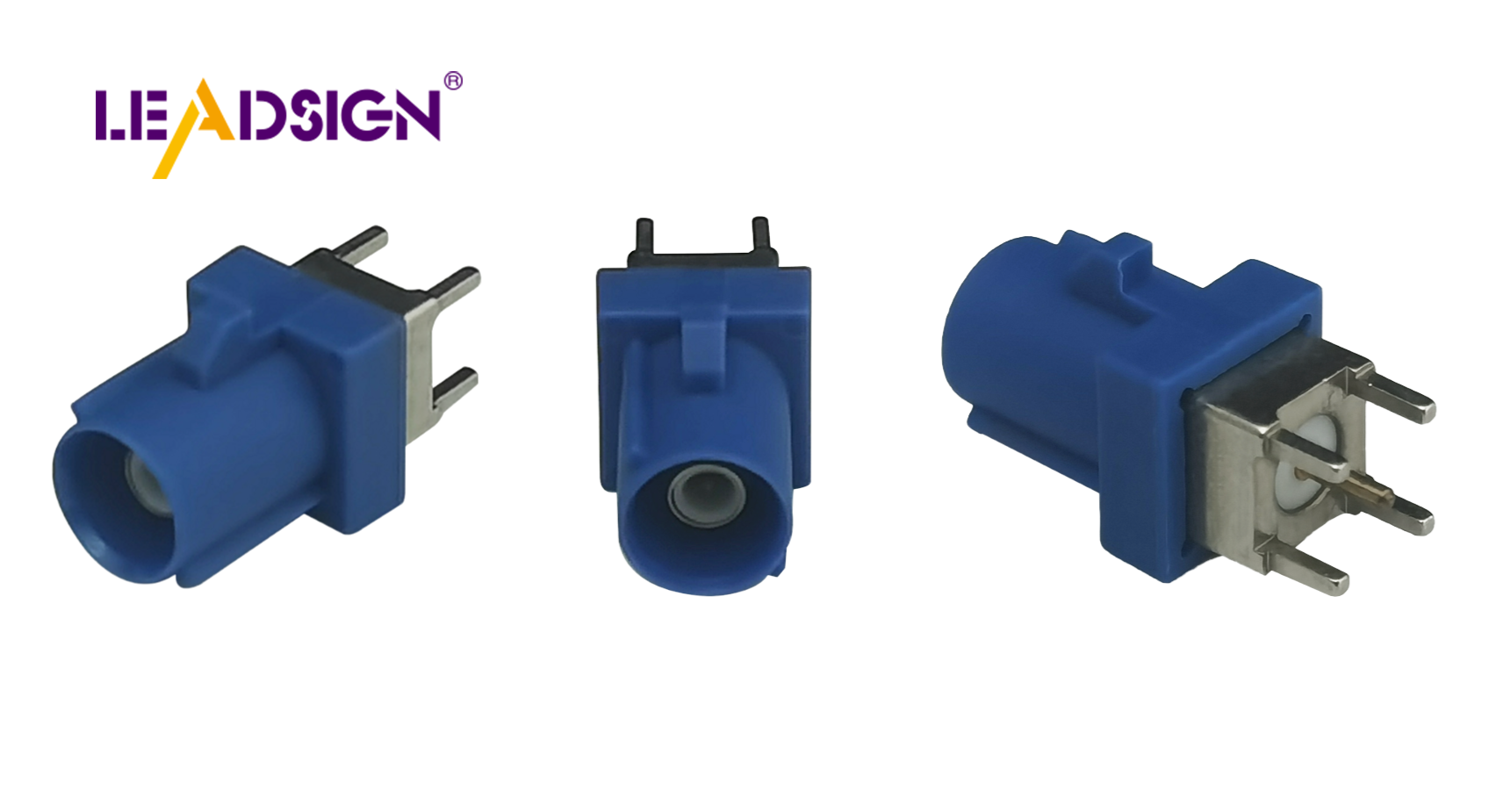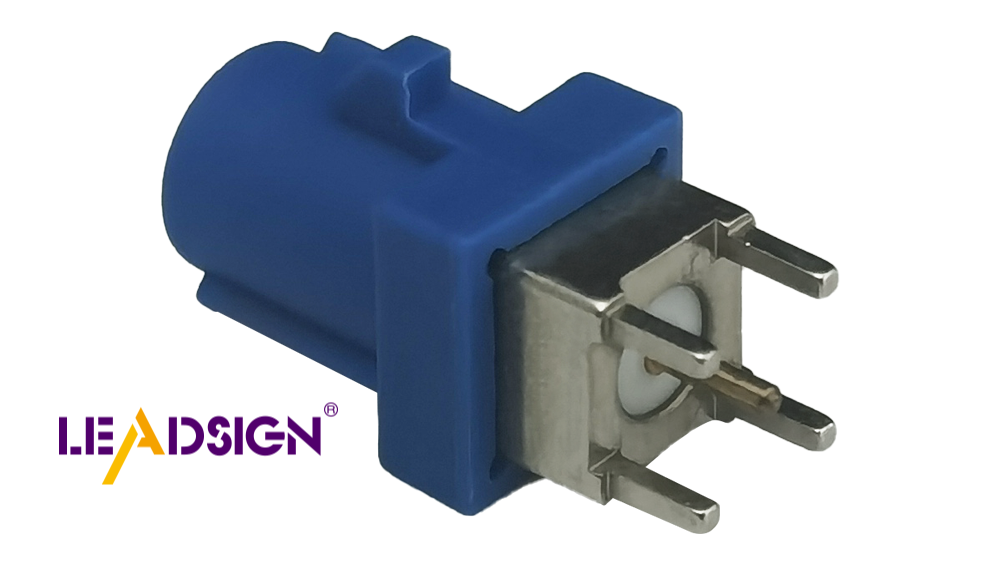How to Identify Automotive Electrical Connectors Types

Understanding automotive electrical connectors types is crucial for repairing vehicles. These connectors play a vital role in a car's electronics, which are becoming increasingly complex. Typically, a vehicle contains around 274 connectors, highlighting their significance. However, identifying these connectors can be challenging due to their varied appearances and functions. You might find it difficult to distinguish between similar types or understand their purposes. Acquiring this skill enhances your technical knowledge and ensures the safety and reliability of car systems.
Basics of Automotive Electrical Connectors
Definition and Purpose
What are electrical connectors?
Electrical connectors are key parts in car systems. They link circuits so electricity can flow, helping the system work. Connectors have four main parts: contacts, shells, insulators, and accessories. Each part is important for the connector to work well.
Why are they important in automotive systems?
In cars, electrical connectors help different parts talk and share power. They make things like radios and engines run smoothly. As cars get smarter, we need better connectors that are fast and easy to use. These connectors keep your car's electronics working safely.
Common Features
Materials used in connectors
Car electrical connectors use strong materials to last long. Contacts are often made from copper or aluminum for good conductivity. Shells and insulators use tough plastics to handle heat and vibration. These materials make sure the connectors stay strong over time.
Basic design elements
Car connector designs focus on being useful and simple:
Contacts: These parts connect electricity securely even if shaken.
Shells: They protect contacts and give support.
Insulators: They stop electricity from crossing wires.
Accessories: Extras like locks help fit tightly and avoid wire harm.
Knowing these basics helps you see why car electrical connectors matter today.
Automotive Electrical Connectors Types

Knowing different automotive electrical connectors types helps you use them right. These connectors have different shapes and jobs in your car's electric system. Let's look at these types by what they do, how they look, and where they're used.
By Function
Power connectors
Power connectors send electricity to parts in your car. They make sure things like the battery and starter get power to work. You see these connectors in places needing lots of power for a strong connection.
Signal connectors
Signal connectors move data between car parts. They are key in systems like the engine control unit (ECU) and sensors. These connectors help signals go back and forth so car electronics talk well.
By Design
Blade connectors
Blade connectors have flat contacts that fit into slots. They're common in cars because they're easy to use and reliable. They connect securely, often found in fuse boxes and relay panels.
Pin connectors
Pin connectors use round pins fitting into sockets. They're flexible for both power and signal uses. You find them in systems like lighting and engine management.
By Application
Engine connectors
Engine connectors join parts inside the engine area. They link sensors and controls, helping the engine run smoothly. These must handle heat and shaking, so they're tough.
Lighting connectors
Lighting connectors hook up your car's lights like headlights or taillights. They ensure lights get power to work right. Often, they are weatherproof to keep out water and dirt.
Expert Testimony: Automotive connectors are very common for electronic workers. Their job is simple: they let circuits talk by letting current flow.
By knowing these automotive electrical connector types, you can fix problems better in your car's electric system. This knowledge boosts your skills and keeps your car safe.
Finding Out Automotive Electrical Connectors
Knowing how to spot automotive electrical connectors types helps you fix cars better. This part shows you how to look at them and use tools to make it simpler.
Looking at Them
Spotting shapes and sizes
You can tell connectors apart by their shapes and sizes. Each one looks different for a reason. For instance, blade connectors are flat, while pin ones have round pins. Learn these shapes to know which connector you have.
Color codes and marks
Colors and marks help identify them too. Makers use colors like red for power or blue for signals. Numbers or letters on them match with wires or sockets. Noticing these details makes finding the right connector easier.
Using Tools and Help
Guides for finding connectors
Guides are helpful when working with automotive electrical connectors types. They show pictures and explain each kind, helping you find the right one in your car. You can get these guides in car repair books or online.
Online help and apps
Today, online sites and apps make finding connectors easy. You search by things like pin number or shape. Some apps let you take photos of the connector to find it fast. These tools save time, especially with tricky car systems.
Expert Insight: Connectors are great at making connections work well together often.
By learning these ways to spot them, you can handle automotive electrical connectors confidently, keeping your car's electronics safe.
Knowing car electrical connectors is important for your car's health. By learning the types, you make sure parts work right. Practice often to get good at spotting them. This skill boosts your tech knowledge and keeps your car safe. Correctly knowing them stops expensive errors and helps your car run well. Keep studying these tiny but key parts to become great at fixing cars.
See Also
Exploring HSD Connectors in Automotive Technology
Navigating Ford Fakra Connectors
The Significance of Fakra Connectors in Contemporary Cars

